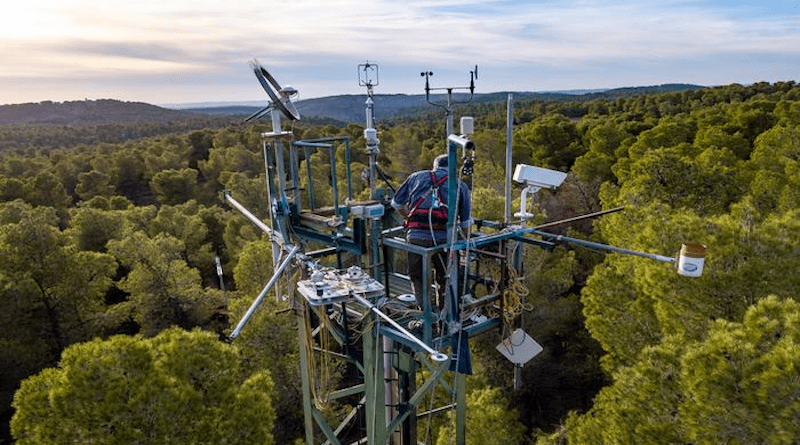Solar Panels Vs Planting Forests: Which Reduces Climate Change Faster?
Photovoltaic fields outperform afforestation as a global climate-change mitigation strategy, according to a study. Forests mitigate climate change by sequestering carbon.
Photovoltaic (PV) energy mitigates climate change by replacing fossil fuels. Both also increase global heat load because they make the land surface darker, which absorbs heat.
Rafael Stern, Jonathan Muller, and colleagues investigated which land use—trees or solar panels—more quickly offsets the increased heat they produce due to surface darkening. The authors measured surface albedo at a solar field in a hyper-arid region in the Arava valley in Israel. Afforestation data was measured at a research station at the Yatir forest at the northern edge of the Negev desert.
The authors used this data to calculate the break-even time required to balance the positive radiative forcing due to reduced albedo and negative radiative forcing due to carbon emission suppression of PV power generation or carbon sequestration by forests. In semiarid land, photovoltaic fields break even and begin offering climate change mitigation benefits after about 2.5 years, which is more than fifty times faster than afforestation.
In humid lands, the gap is not so wide, but solar panels continue to have the advantage. The authors note that forests provide many benefits beyond climate change mitigation, including ecosystem, climate regulation, and social services.


Afforestation is planting land that was previously not forested. How does reforestation compare?